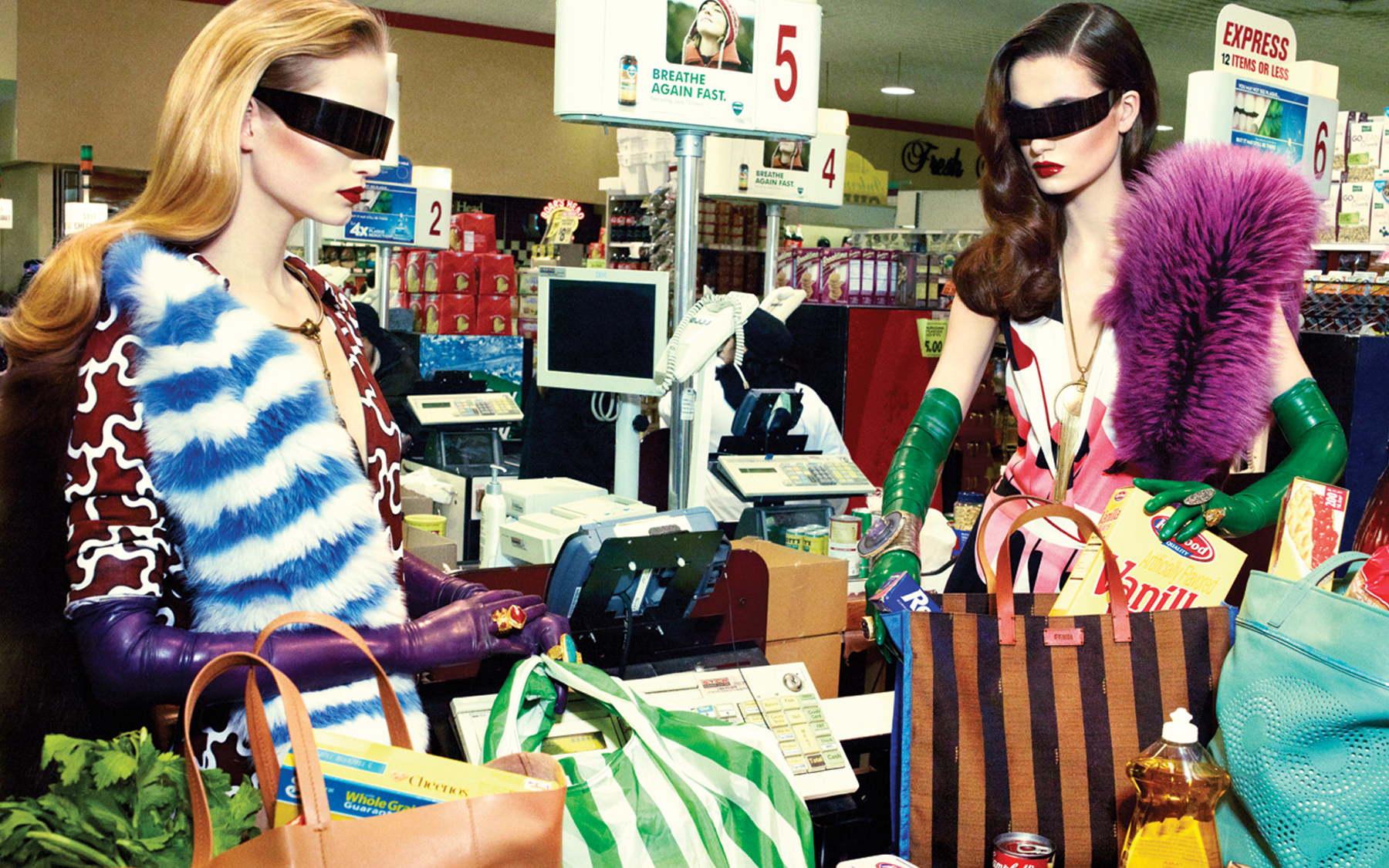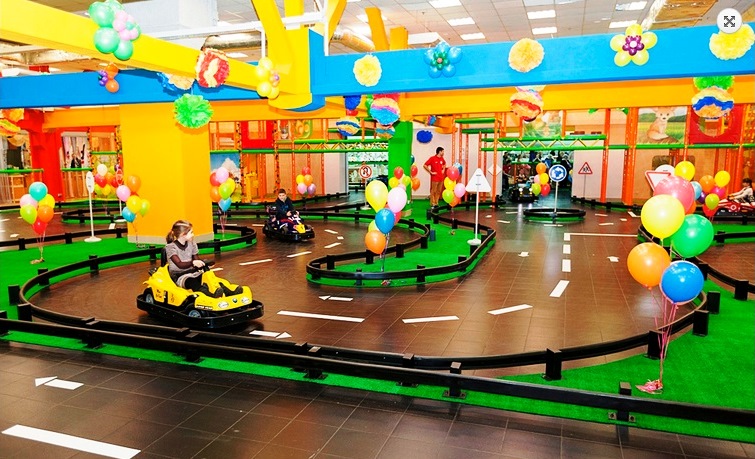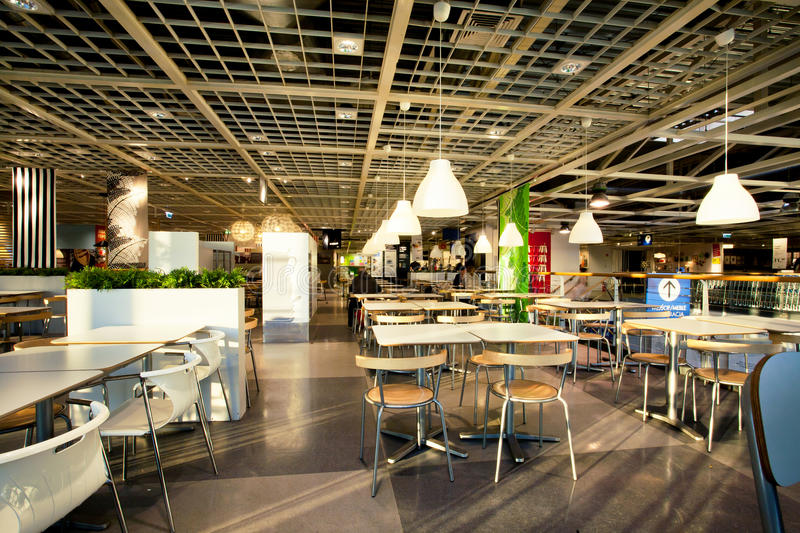Probably, every visitor of a supermarket, having paid for his purchases, thought: why, coming to the store for a simple food set, at the exit has a full basket of goods that he did not plan to buy? Why, having a very specific purpose for the purchase, the client of the shopping center buys a lot of things, sparing no expense? What influenced him and convinced him to leave in the store the amount, obviously more than planned? The answer is quite simple - marketing.
How supermarket owners make it more pleasant to buy and easier to part with money.
1. Entertainment for children - profit for the store
Going to the store takes a lot of time, especially if the client aims to make a serious purchase and has to study a large range of products. And if the customer comes with children, they will quickly get tired and start to get cranky. And the visitor will be forced to "run" through the labyrinths of the store, and not the fact that will make a purchase. So it is necessary to give him the opportunity to stay in the store as long as possible.
After all, the formula is simple: the more time a customer spends in the store, the larger amount of money he will leave in the store.
This is why, for example, the furniture giant IKEA offers its visitors Småland - a children's town where you can leave your child and go shopping in peace. The shopping center takes care of children's entertainment, and the buyer has the pleasure to understand the intricacies of furniture without unnecessary anxiety. The less fuss and nervousness of the customer, the higher the profit of the store.
2. How time becomes money
Shopping centers have borrowed this simple idea from the gaming business. There are no clocks in hypermarkets, and visitors simply forget about its flow. Moreover, there are no windows behind which the buyer can observe the change of time of day in large markets either. At first glance it seems incredible, but in a large shopping center you can unnoticeably spend more than 3 hours. Any countdown designations or the ability to check what time it is and how long you have been in the store are removed. Thus, the visitor is engrossed only in shopping and nothing distracts him from carefree shopping.
3. commitments as a catalyst for purchase
This method is successfully used in hypermarkets, where goods of different consumer groups and areas of activity are purchased. That is, in such a shopping center you can buy, for example, not only a very necessary handbag, but also curtains for the room, a new wall lamp and other small things.
In the case of IKEA, things are much more interesting. In order for a customer who has come to buy furniture to buy a few more items not previously included in the shopping plan, it is only necessary to give him this plan. It's ingenious and simple.
For this purpose, a shelf is placed at the very beginning of the path through the product lines of the store. On it you can take a blank copy of the shopping list and a pencil.
The store is huge and in order not to forget all the things you like and where they are stored, it is very convenient to write down your preferences on paper. And then calmly think over and choose from this list everything necessary. As soon as the client took a piece of paper and a pencil, the subconscious mind begins to be influenced by the principle of persuasion: when you get something, it encourages you to give something in return. In this case - money. And if the customer has made a shopping list in the course of studying the assortment, such a factor as commitment is automatically triggered.
Because, having clearly formulated a position in the list, the client puts himself before the obligation to make a transaction. With each new line more and more obliging himself to purchase the product, and only because it is on the list. This method works directly, because creating a commitment increases the willingness to pay more.
4. Removing the reason not to buy
A customer has come to a hypermarket to purchase certain goods. Knowing in advance exactly what he needed. But in the store, his eye was caught by the racks and containers with products in the category of "all sorts of useful things". Plates, coasters, trays, sponges, brushes, and the like. The bright and tempting appearance of this variety radically changes the visitor's mind.
He thinks, "while I'm here, why not buy them, especially such inexpensive ones? After all, they can always come in handy." His brain activity goes into prospective buyer mode. And instead of "what should I buy" the customer begins to think "what else can I buy?". One small purchase is enough and the barriers are removed, it is unlikely that now something will stop from the subsequent spending of money. Especially since there is an opportunity to make purchases with pleasure.
The practice of selling everyday household goods in grocery supermarkets is very successful. A buyer of bread and milk does not pass by baskets with haberdashery and various accessories. Often such stores even sell clothes and shoes of fairly decent quality and price. These are not branded things, but they are popular with consumers and bring impressive profits to the stores.
5. Inexpensive café as a confirmation of your right choice
The example of the IKEA furniture hypermarket is a good example of the policy of functioning of retail space as a whole. This principle works very successfully for profit. It draws attention to the fact that cafes on the territory of the market feed visitors at rather low prices. This makes the customer look for a rational explanation for this fact. And it is found - it is high turnovers.
So everything else here is also sold at a bargain price, and the turnovers confirm the quality of the goods.
What else does a potential buyer need to know, except that this shopping center offers a wide range of products with the best characteristics and prices? The customer must come to the conclusion that the product he has purchased is the best, the best option. If he makes such a choice, he will return to the store many times to enjoy the shopping process. After all, nothing is as satisfying as being convinced that you are right.
6. A nice afterword
The day has not been wasted, the shopping is done, the list of obligations fulfilled. A shopping cart filled with inexpensive little things can lead to a pretty hefty purchase. So what do you do to make the customer leave satisfied and happy? You need to offer him something that will be hard to refuse and that will bring obvious pleasure.
It is necessary for the client to remember the joy of visiting the store, rather than significant expenses. And the end of the action, i.e. the last purchase, is always memorable. The perfect ending of a profitable deal looks like this: tired but satisfied customer goes to the cafe in the shopping center and orders a coffee and dessert. Recognize yourself?
Of course, these are not all the methods that are used in stores to increase sales of goods. But these six above-mentioned methods give the client an opportunity to spend money with pleasure, without nervous tension and fuss. The joy of a favorable deal will lead him for a new portion of pleasant feelings to that very market, where the spending of significant sums did not upset, but on the contrary - remembered by the correctness, deliberateness and consciousness of the choice.









